Panguitch Read online
PANGUITCH
ZANE GREY®
Copyright © 1924 by Curtis Publishing Company. Copyright © 1928 by Zane Grey®. Copyright © renewed 1952 by Lena Elise Grey. Copyright © renewed 1956 by Lena Elise Grey. Copyright © 2016 by Zane Grey®, Inc., for restored material.
Copyright © 2016 by Zane Grey®, Inc.
E-book published in 2017 by Blackstone Publishing
All rights reserved. This book or any portion thereof may not be reproduced or used in any manner whatsoever without the express written permission of the publisher except for the use of brief quotations in a book review.
Trade e-book ISBN 978-1-4708-6080-6
Library e-book ISBN 978-1-4708-6079-0
Fiction/Westerns
CIP data for this book is available from the Library of Congress
Blackstone Publishing
31 Mistletoe Rd.
Ashland, OR 97520
www.BlackstonePublishing.com
Foreword
by Jon Tuska
Zane Grey wrote most of the serial he titled Wild Horse Mesa in Long Key, Florida in January and February of 1924. He often suffered from acute depression while working on it. As he came closer to concluding the serial, he increased the number of pages he wanted to turn out in his writing day. The minimum was twelve pages in the beginning but the last two weeks that he worked on it, he would write as many as twenty-seven pages in a single day. His setting for this story was Wild Horse Mesa, located in the San Luis Valley of southern Colorado and extending into that confluence of Western states known as the Four Corners. Tribal historians have stated that as early as 1637 the Utes were the first American Indian tribe to escape from Santa Fe in New Spain with a horse herd, making them the first tribe to introduce the horse into their culture. In Grey’s series, the Indian band of horse hunters are Paiutes, under a chief named Toddy Nokin. The principal protagonist in Wild Horse Mesa is Chane Weymer, a longtime horse hunter who is introduced at his wild horse camp where he is joined by a trio of men he suspects are horse thieves—Bud McPherson and his two henchmen, Jim Horn and Hod Black. Although he isn’t in camp at the moment, Weymer has also been allowing Benton Manerube, a horse wrangler, to share his supplies. Manerube has become interested in Sosie, Toddy Nokin’s young and attractive daughter who has been educated in government schools and speaks better English than most of the wild horse hunters. McPherson, after telling Weymer that Manerube has loaded up on Chane’s grub, warns Chane that it is Manerube’s intention to rustle for himself Chane’s little Paiute “squaw,” Sosie. Weymer resents this implication. Besides purchasing a small herd of wild horses from Toddy Nokin in order to drive and sell it to Mormon horse traders, Weymer has been tracking the magnificent wild stallion, Panguitch, the almost legendary leader of a wild horse herd that has been sought unsuccessfully for years now by a number of horse hunters.
Grey was well aware that the editors at the Country Gentleman, a Curtis publication and one of Grey’s best markets, would change his use of actual place names in his serials, so he would forestall this in the present case by first publishing a travelogue article titled “The Heights of Wild Horse Mesa,” appearing in the April 12, 1924 issue of the magazine, just a week prior to the issue containing the first installment of Wild Horse Mesa. Obviously the pressure that had caused him to hurry the writing of the series was due in part to the fact that he was facing an April publication deadline. This pressure was further compounded by the fact that Jesse L. Lasky of Paramount had just sent a check to Grey for ten thousand dollars. Lucien Hubbard, who worked extensively on the Paramount Zane Grey series, was to write the scenario for the film version of Wild Horse Mesa just as soon as possible since filming was scheduled to commence in June.
Panguitch in the language of the southern Paiutes means “big fish.” This was also the word used by Jens Nielsen, a Danish convert to Mormonism, in naming the settlement he founded with a group of pioneers in March of 1864 in Utah. The city would be incorporated in 1899. In Grey’s holograph the “g” in Panguitch is quite legible. But it was changed prior to publication to “Panquitch,” substituting a “q” for the “g.” Harper & Brothers, Grey’s book publisher, originally was enthusiastic about releasing their book version of The Vanishing American, based on the 1922 serial in Ladies Home Journal, at the same time Paramount would be releasing the film, but that was before the publisher became very concerned about Grey’s negative view of missionaries on reservations and most of all with the fact that the Navajo protagonist, as Grey wrote the story, at the end marries the blond-haired, blue-eyed schoolteacher. Grey was told that he would have to change both of these things prior to the book’s being published. The Vanishing American as Zane Grey wrote it would not be published until Loren Grey, Zane Grey’s younger son, provided the original manuscript for Pocket Books to publish the restored version in 1982. The fate of Wild Horse Mesa was somewhat similar. Passages sniping at the moral corruption of reservation missionaries were dropped and important and vital scenes, such as Sosie’s being kidnapped, raped, and finally dying as a result of the ordeal, although identifying the culprit by name to her Paiute husband before she expires, just vanished. Harper & Brothers was provided with tear sheets from The Country Gentleman to serve as the text for the book version, and so the two are identical.
The typescript of Wild Horse Mesa as Zane Grey wrote it was sent to Jesse L. Lasky at Paramount and he passed it on to Lucien Hubbard. The time sequence of the story is spread over almost a year, so Hubbard’s first job was to rework the story into a more concentrated time sequence. He kept the character of Benton Manerube, but it is Bud McPherson, who turns out not to be all bad in Grey’s story, who is the true villain in the scenario. McPherson, played by Noah Beery, often first choice at Paramount for a Zane Grey bad man, and his two cohorts, Jim Horn played without screen credit by Jim Corey, and Hod Slack, played also without credit by William Scott, find Sosie, played by Margaret Morris, in the desert, gang rape her, and leave her to die. Sosie’s father, Toddy Nokin, is changed to a Navajo, played by Bernard Siegel. He learns what happened to his daughter and at the end, using a rifle from a distant rock ambuscade, shoots down Beery, Corey, and Scott, after which he holds his rifle up to the sky, and appearing as a superimposition before the clouds is Margaret Morris’ serene face as Sosie. Panguitch, played by a white stallion, is introduced almost at once in the film with his name spelled properly. Since Harper & Brothers did not publish the book version until 1928, it is worth noting that no one who reviewed the book wondered whatever happened to Sosie, and certainly no reviewer had apparently seen the Paramount film that, at least, would have given some idea of what her fate had been.
Jack Holt was cast as Chane Weymer. He had just appeared in June in The Light of Western Stars (Paramount, 1925) as Gene Stewart, Grey’s hero, opposite Billie Dove as Madeline Hammond with Noah Beery as the villain, Brand. Dove was again cast as the heroine in Wild Horse Mesa. Jesse L. Lasky hired George B. Seitz, known principally for action features and Pathé serials, to direct the film, which was shot on location at Wild Horse Mesa itself, probably because of all the horse action needed, fording the San Juan River in flood, and the stampede at the end. Yet Seitz was also capable of effectively building up the romance between the two principals just as happens in Grey’s story. The New York Times, in fact, went so far as to dismiss the film for having “too much forced villainy and lovemaking to stir up interest …”
Twice more Wild Horse Mesa would be filmed. Grey’s contract with Famous Players-Lasky called for Paramount to remake each Zane Grey property within a seven-year period or lose distribution rights. Paramount hoped to build a following for Randolph Scott in sound Zane Grey films that would equal Jack Holt’s following as a result of his many entri
es in this film series in the 1920s. Wild Horse Mesa (Paramount, 1932) starred Scott as Chane Weymer, Sally Blane as Sandy Melberne (a name change from Sue Melberne in the earlier film and Grey’s story), and villain Fred Kohler as Rand, the new name for the Bud McPherson character with his two cohorts, Buddy Roosevelt as Horn and George Hayes as Slack. Hayes would go on to become a major player by the 1940s with the screen name Gabby Hayes. Sosie and what happened to her were excised in the screenplay by Harold Shumate and Frank Howard Clark. It was the custom in film production that when doing a remake never consult the original literary source but only the previous screenplay and try to avoid episodes that had been criticized by reviewers. Toddy Nokin as a character was replaced by Jim Thorpe, whose role was billed only as Indian Chief, in charge here of the hundred and fifty Navajo extras who have minor bit parts as drovers. Henry Hathaway directed and took the company on location to Flagstaff, Arizona for the horse action sequences, so the only time the real Wild Horse Mesa is seen is when it shows up in footage lifted from the silent film and intercut with the newly filmed horse action, with the new exteriors not always matching the terrain of the old exteriors. What remains impressive is what a fine equestrian Scott proved to be. In this version Panguitch goes after Fred Kohler, finally chasing him to a cliff over which he plunges to his death.
It is perhaps worth noting that the barbed-wire horse trap actually used in Grey’s story is never used in either Paramount film. In the third, and so far last, remake, Wild Horse Mesa (RKO, 1947), the only reference to it is when it is said of Tony Barrett, playing Horn, that he has a reputation for using barbed-wire horse traps. Norman Houston did the screenplay and the treatment is consistent with the ongoing Tim Holt “B” Western series for RKO with Richard Martin as Holt’s sidekick, Chito. The only other name besides Horn retained from Grey’s story is Slack, here a blackmailer and murderer, played by Tom Keene under his Richard Powers screen name when portraying villains, who frames Holt for killing a crooked horse trader, played by Harry Woods. Tim Holt was Jack Holt’s son, but his screen persona had almost nothing in common with that of his father’s. Nan Leslie was cast as Susie Melhern, but there is very little romance shown between her and Holt’s Dave Jordan. Panguitch is not credited, played by a black stallion that at the end attacks Slack, but not killing him, only injuring him enough so he confesses to murdering Woods and thus clearing Dave Jordan. The location was Lone Pine, a familiar setting in “B” Westerns, and the only shots of a large band of wild horses come in the outtakes and stock footage from the film Stormy (Universal, 1935), a story of wild horses in which Noah Beery Jr. starred as the hero.
It would be inappropriate for us to dedicate the restored Wild Horse Mesa since Vicki Piekarski and I only worked on it as editors, but if we were to do so, it would certainly be to the memory of Loren Grey who was so instrumental in making these restorations possible, beginning the project himself with The Vanishing American. From Last of the Duanes, the holographic manuscript that Loren found at the bottom of a file cabinet in 1994, so it could appear for the first time anywhere in book form in 1995, through some nineteen additional titles that are now restored, it is presently possible to acknowledge that Zane Grey was a far more realistic author than anyone was aware from the way his work was subjected to editorial censorship when he was alive. It is also possible to see that in Wild Horse Mesa, as Zane Grey wrote it, there is a story of wild horse hunting that is at once so much more.
Chapter One
The mystery and insurmountable nature of Wild Horse Mesa had usurped many a thoughtful hour of Chane Weymer’s lonely desert life in Utah. Every wandering rider had a strange story to tell about this vast tableland. But Chane had never before seen it from so lofty and commanding a height as this to which Toddy Nokin, the Paiute, had led him; nor had there ever before been so impelling a fascination as that engendered by the Indian.
For the Paiute claimed that it was the last refuge of the great wild stallion, Panguitch, and his band.
Panguitch! He had been chased out of Nevada by wild horse wranglers, of whom Chane was not the last. Mormons had driven the stallion across Utah, where in the cañoned fastnesses south of the Henry Mountains he had disappeared.
Chane’s gaze left the mesa to fall upon the swarthy lineaments of his companion. Could he place credence in Toddy Nokin? The Paiutes loved fine horses and were not given to confiding in white hunters. It occurred to Chane, however, that he had befriended this Indian.
“Toddy … you sure Panguitch … on Wild Horse Mesa?” queried Chane, in his labored mixture of Paiute and Navajo.
The Indian had the solemn look of one whose confidence had not been well received.
“How you know?” went on Chane eagerly.
Toddy Nokin made a slow, sweeping gesture toward the far northern end of Wild Horse Mesa, almost lost in dim purple distance. The motion of arm and hand had a singular character, never seen in gesture save that of an Indian. It suggested deviations of trail, deep cañons to cross, long distance to cover. Then Toddy Nokin spoke in his own tongue, with the simplicity of a chief whose word was beyond doubt. Chane’s interpretation might not have been wholly correct, but it made the blood dance in his veins. Panguitch had been seen to lead his band up over the barren trailless rock benches that led to the towering wall of the unscalable mesa. These wild horses left no tracks. They had not returned. Keen-eyed Paiutes had watched the only possible descents over the red benches. Panguitch was on top of the mesa, free with the bighorn sheep and the eagles. The fact wrung profound respect and admiration from Chane Weymer, yet fired him with passionate resolve. For a long time that wild mesa had haunted him. The reason for it, the alluring call of the wandering lofty wall, now seemed easily understood.
“Panguitch, I’ve got track of you at last!” he exclaimed exultantly.
There awoke in Chane then something of abandon to what he had always longed for—a wild freedom without work or restraint or will other than his own wandering fancies. Indeed, his range life had been rough and hard enough, but up until the last year he had been under obligation to his father and other employers, and always there had been a powerful sense of duty and a love for his younger brother Chess. These had acted as barriers to his natural instincts. Chess was eighteen now and considered himself very much of a man, so much so that he resented Chane’s guardianship.
“Boy Blue doesn’t need his big brother any more,” soliloquized Chane half sadly, remembering Chess’ impatience at being watched over. Time, indeed, had passed swiftly. Chess was almost a man. It seemed only a short while since he had been a baby boy, back there in Colorado, where he had been born. Chane reflected on his own age—thirty-four—and on those past years when this beloved brother had been a little child. Those early days in Colorado had been happy ones. The Weymers were a family of close ties. Chane’s father had been a ranchman, cattleman, and horse dealer. It had been on the prairie slopes of Colorado, under the eastern shadows of the Rockies, that Chane had learned what was now his calling—the hunting of wild horses. In time he sought wilder country—Nevada, Utah—and his brother Chess, true to childish worship, had followed him. There had been a couple of years in which the boy had been amenable; then had come the inevitable breaking out. Not that Chess had been bad, Chane reflected, but just that he wanted to be his own boss. Chane had left him, several weeks ago, back across the rivers and the stony brakes of that Utah wilderness, in the little Mormon town of St. George. Chess had begged to go on this expedition to the Paiute country, where Chane had come to buy a bunch of Indian mustangs. Here Chane’s musings and reflections were interrupted by Toddy Nokin, who said he would go down to his camp.
“No want leave daughter alone,” he added significantly. Chane was reminded that one of the horse wranglers who had fallen in with him—Manerube by name—was not a man he would care to trust.
The Indian’s moccasined feet padded softly on the rocks. Presently Chane was left to himself, and
his gaze and mind returned to the object that had caused him to scale the heights—Wild Horse Mesa.
This early September day had been one of storm, clearing toward late afternoon, leaving cloud pageants in the sky to west and north. At the moment there seemed no promise of color—something that Chane always looked for in the sky. All the northland was obscured in paling clouds, leaden in hue.
Chane was at loss to understand the spell that had fascinated him since his first sight of Wild Horse Mesa. It was as if he had been arrested by a prophetic voice that bade him give heed. He could not grasp the vague intimation as a warning; it was rather a call that urged him to come, to seek, to labor, to find. Chane thought of the wild stallion, Panguitch, and though he thrilled, he could not satisfy himself that pursuit of the great horse wholly accounted for this strange beckoning.
A broken mass of gray storm cloud had lodged against the west end of the mesa, where the precipitous red wall towered above the waved area of wind-worn rock. Apparently the cloud hung there, as if against an obstruction, yet it appeared to change form. Chane gazed as he had a thousand times, in idle or wondering moments, yet there was a subtle difference now, either in the aspect of this mesa or in himself. That made him keen-eyed as an Indian and unusually thoughtful.
But it seemed only a vast landscape, grand because of outline and distance, yet at the moment dull and somber. Still, was it not hiding something? The lower edge of the broken mass of cloud extended far down the wall; in some places the top of the mesa was obscured; above the cloud and all to the west was clear. The sun had gone under the huge dark slope that climbed from the undulating cañon country to the mountain.
There came a sudden incalculable change in all that held Chane’s gaze. It was not movement, though it might have been light. It seemed to him a miracle was about to happen. His thought flashed to the little brother Chess, and he could give no reason for such memory. Then stranger still, there appeared in the softly changing cloud pageant, or in his mind’s eye, a vague undefined face that had come in sleeping and waking dreams—the face of a woman he had yearned for and had never found.

 The Heritage of the Desert: A Novel
The Heritage of the Desert: A Novel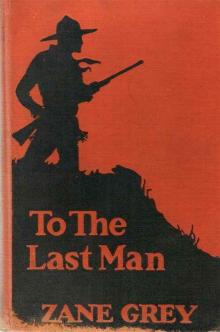 To the Last Man
To the Last Man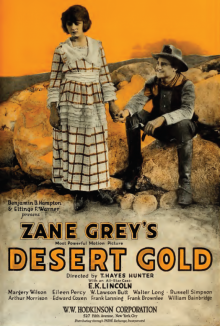 Desert Gold
Desert Gold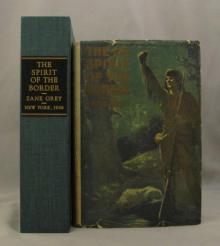 The Spirit of the Border: A Romance of the Early Settlers in the Ohio Valley
The Spirit of the Border: A Romance of the Early Settlers in the Ohio Valley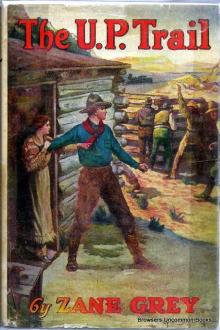 The U. P. Trail
The U. P. Trail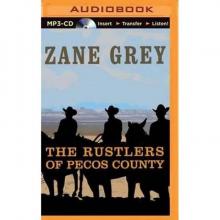 The Rustlers of Pecos County
The Rustlers of Pecos County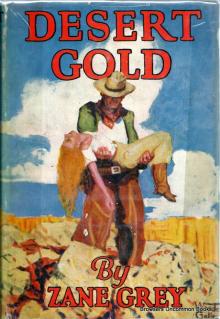 The Border Legion
The Border Legion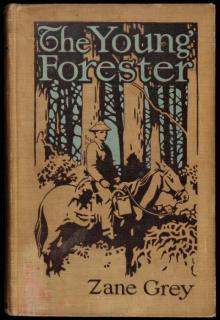 The Young Forester
The Young Forester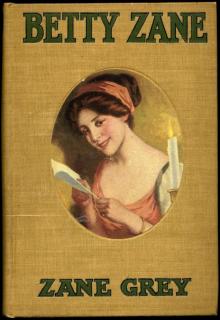 Betty Zane
Betty Zane Riders of the Purple Sage
Riders of the Purple Sage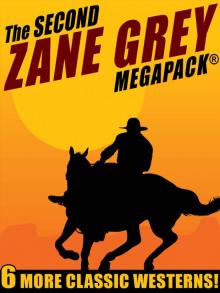 The Second Zane Grey MEGAPACK®
The Second Zane Grey MEGAPACK®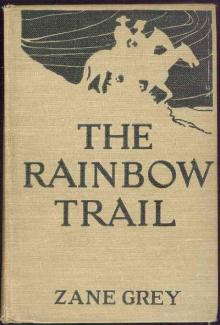 The Rainbow Trail
The Rainbow Trail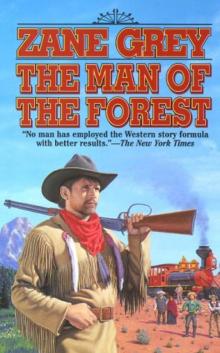 The Man of the Forest
The Man of the Forest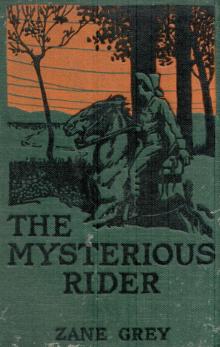 The Mysterious Rider
The Mysterious Rider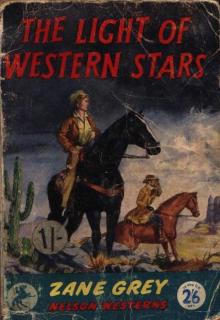 The Light of the Western Stars
The Light of the Western Stars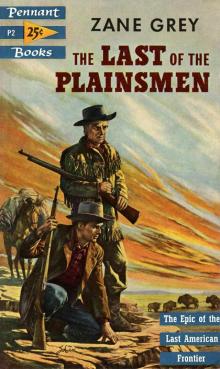 The Last of the Plainsmen
The Last of the Plainsmen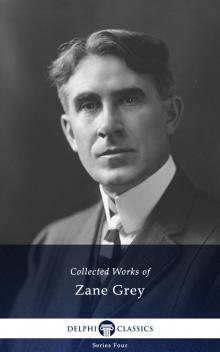 Collected Works of Zane Grey
Collected Works of Zane Grey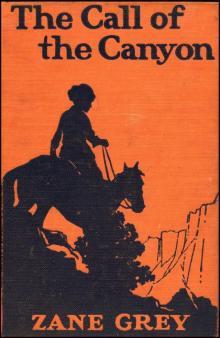 The Call of the Canyon
The Call of the Canyon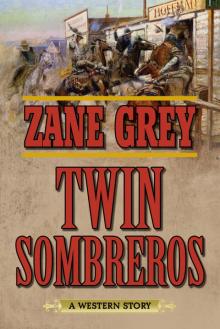 Twin Sombreros
Twin Sombreros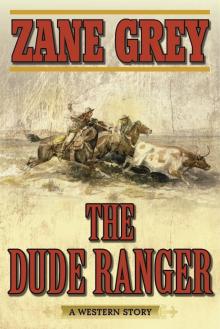 The Dude Ranger
The Dude Ranger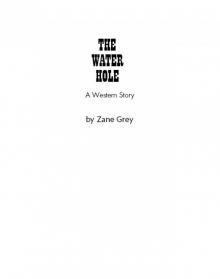 The Water Hole
The Water Hole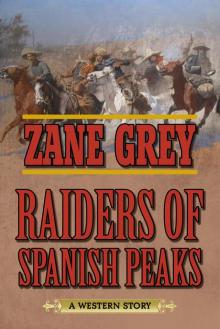 Raiders of Spanish Peaks
Raiders of Spanish Peaks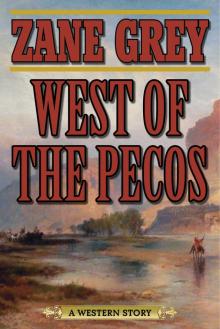 West of the Pecos
West of the Pecos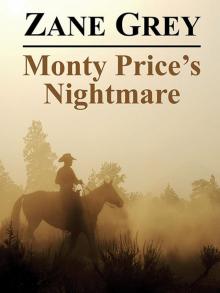 Monty Price's Nightmare
Monty Price's Nightmare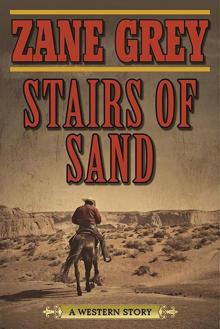 Stairs of Sand
Stairs of Sand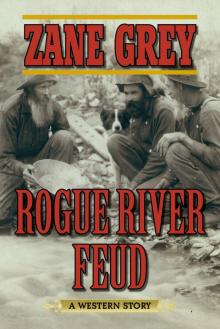 Rogue River Feud
Rogue River Feud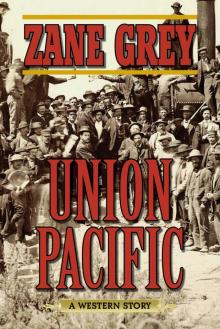 Union Pacific
Union Pacific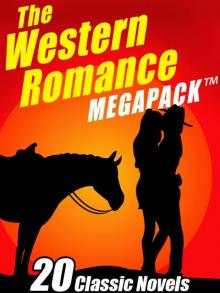 The Western Romance MEGAPACK ®: 20 Classic Tales
The Western Romance MEGAPACK ®: 20 Classic Tales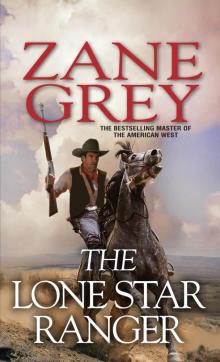 The Lone Star Ranger
The Lone Star Ranger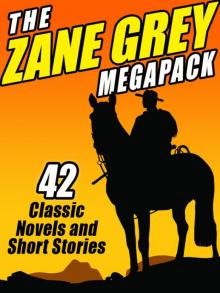 The Zane Grey Megapack
The Zane Grey Megapack Shadow on the Trail
Shadow on the Trail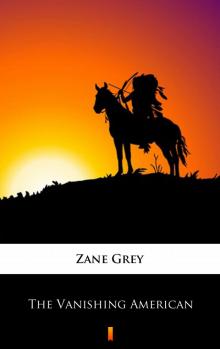 The Vanishing American
The Vanishing American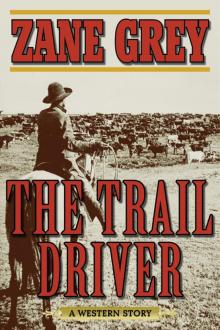 The Trail Driver
The Trail Driver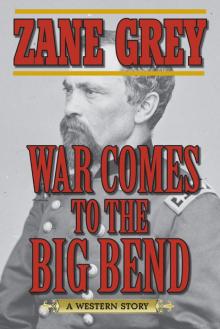 War Comes to the Big Bend
War Comes to the Big Bend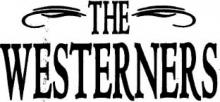 The Westerners
The Westerners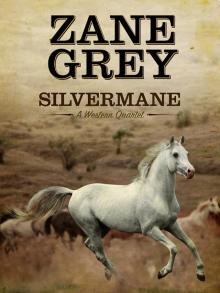 Silvermane
Silvermane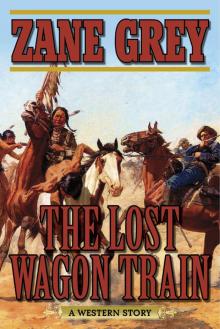 The Lost Wagon Train
The Lost Wagon Train Desert Gold and the Light of Western Stars
Desert Gold and the Light of Western Stars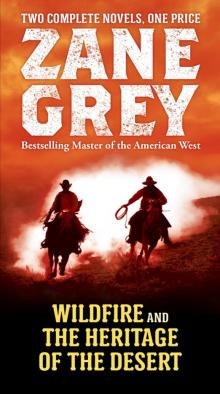 Wildfire and the Heritage of the Desert
Wildfire and the Heritage of the Desert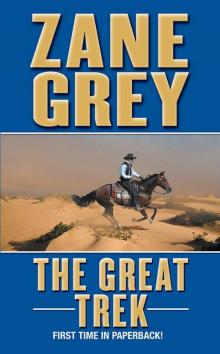 The Great Trek
The Great Trek Cabin Gulch
Cabin Gulch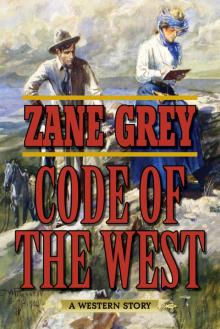 Code of the West
Code of the West Sunset Pass
Sunset Pass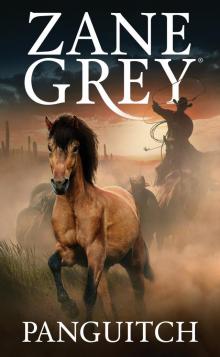 Panguitch
Panguitch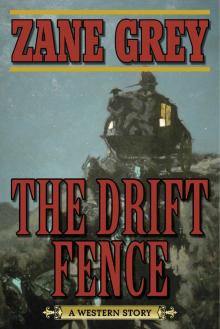 The Drift Fence
The Drift Fence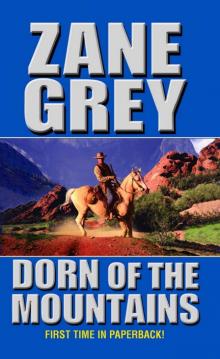 Dorn Of The Mountains
Dorn Of The Mountains Desert Heritage
Desert Heritage The Spirit Of The Border
The Spirit Of The Border Buffalo Stampede
Buffalo Stampede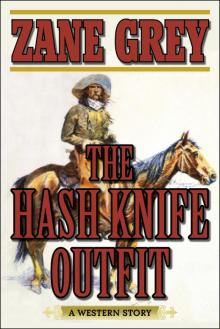 The Hash Knife Outfit
The Hash Knife Outfit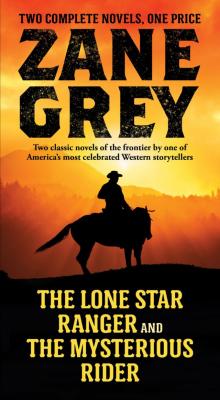 The Lone Star Ranger and the Mysterious Rider
The Lone Star Ranger and the Mysterious Rider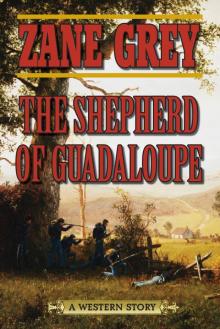 The Shepherd of Guadaloupe
The Shepherd of Guadaloupe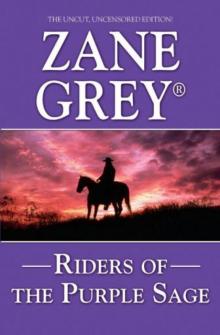 Riders of the Purple Sage (Leisure Historical Fiction)
Riders of the Purple Sage (Leisure Historical Fiction)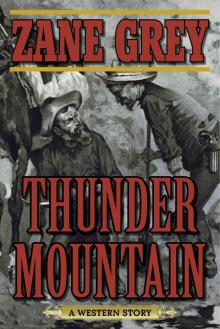 Thunder Mountain
Thunder Mountain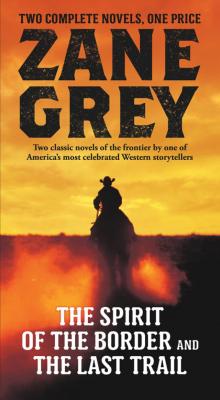 The Spirit of the Border and the Last Trail
The Spirit of the Border and the Last Trail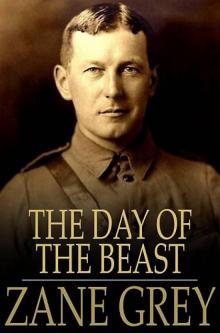 The Day of the Beast
The Day of the Beast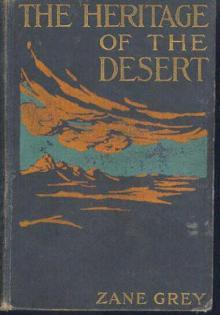 The Heritage of the Desert
The Heritage of the Desert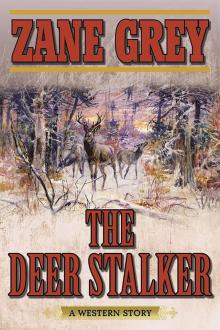 The Deer Stalker
The Deer Stalker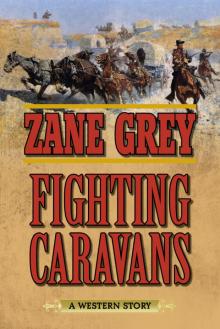 Fighting Caravans
Fighting Caravans